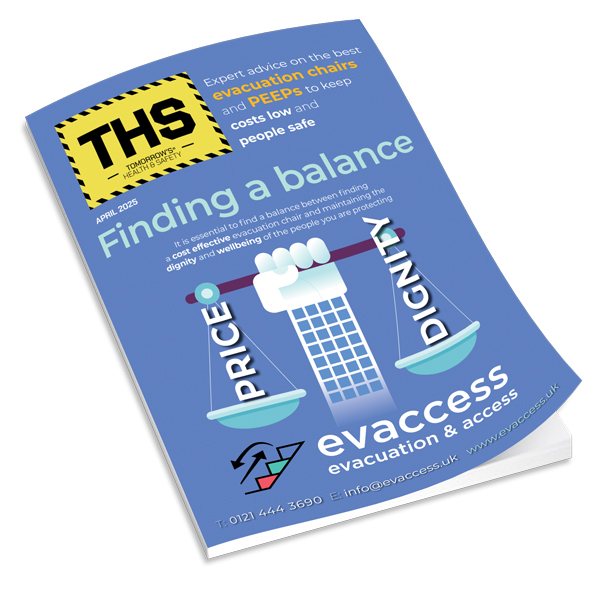The Health and Safety Executive (HSE) has released its annual statistics for work-related fatal injuries for 2018/19 as well as the number of people known to have died from the asbestos-related cancer, mesothelioma, in 2017.
The provisional annual data for work-related fatal injuries revealed that 147 workers were fatally injured between April 2018 and March 2019 (a rate of 0.45 per 100,000 workers).
There has been a long-term reduction in the number of fatalities since 1981. Although 2018/19 saw an increase of six workplace fatalities from 2017/18, the number has remained broadly level in recent years.
The new figures show how fatal injuries are spread across the different industrial sectors. HSE Chair Martin Temple commented: “These statistics also remind us that, in certain sectors of the economy, workplace death remains worryingly high. Agriculture, forestry and fishing accounts for a small fraction of the workforce of Great Britain, yet accounted for over 20% of worker fatalities in the last year. This is unacceptable and more must be done to prevent such fatalities taking place.”
“Whatever the sector, we should remember that any change in numbers provides little comfort to the family, friends and colleagues of the 147 whose lives were cut short this year while doing their job.”
The three most common causes of fatal injuries continue to be: workers falling from height (40), being struck by a moving vehicle (30) and being struck by a moving object (16), accounting for nearly 60% of fatal injuries in 2018/19.
In addition, there were also 92 members of the public fatally injured in incidents connected to work in 2018/2019, approximately a third of which took place on railways.
Mesothelioma, which is contracted through past exposure to asbestos and is one of the few work-related diseases where deaths can be counted directly, killed 2,523 in Great Britain in 2017- a broadly similar number to the previous five years. The current figures are largely a consequence of occupational asbestos exposures that occurred before 1980. Annual deaths are expected to remain broadly at current levels for the rest of the decade before beginning to reduce in number.
You are here
- Home
- >
- Work-related Diseases
- >
- HSE Workplace Fatality statistics
HSE releases annual workplace fatality figures

Published on 08/07/2019
Related News
Categories
- CHAS AT SAFETY & HEALTH EXPO 2022
- Agriculture
- Asbestos
- Cleaning
- Compliance & Risk Assessment
- Conferences
- Construction
- Courts
- Culture & Behaviour
- Ear Protection
- Education
- Emergency Evacuations
- Events
- Eye Protection
- Feature
- Fire & Electrical Safety
- Floor Safety
- Gas Detection & Monitoring
- Hand/Arm Vibration
- Hazardous Substances
- Health & Safety News
- Health and Safety Executive
- Hospitals & Healthcare
- Human Factors & Ergonomics
- Hygiene
- In the Courts
- Legislation
- Lone Worker Protection
- Mental Health
- Noise Monitoring
- PPE
- Plant Machinery & Site Safety
- Products & Services
- Prosecutions
- Protective Clothing
- Protective Workwear
- Reports
- Respiratory
- Slips, Trips & Falls
- Standards
- Stress
- Technology
- Training & Development
- Transport & Logistics
- Webinars
- Wellbeing
- Whitepapers
- Work-related Diseases
- Working at height





















